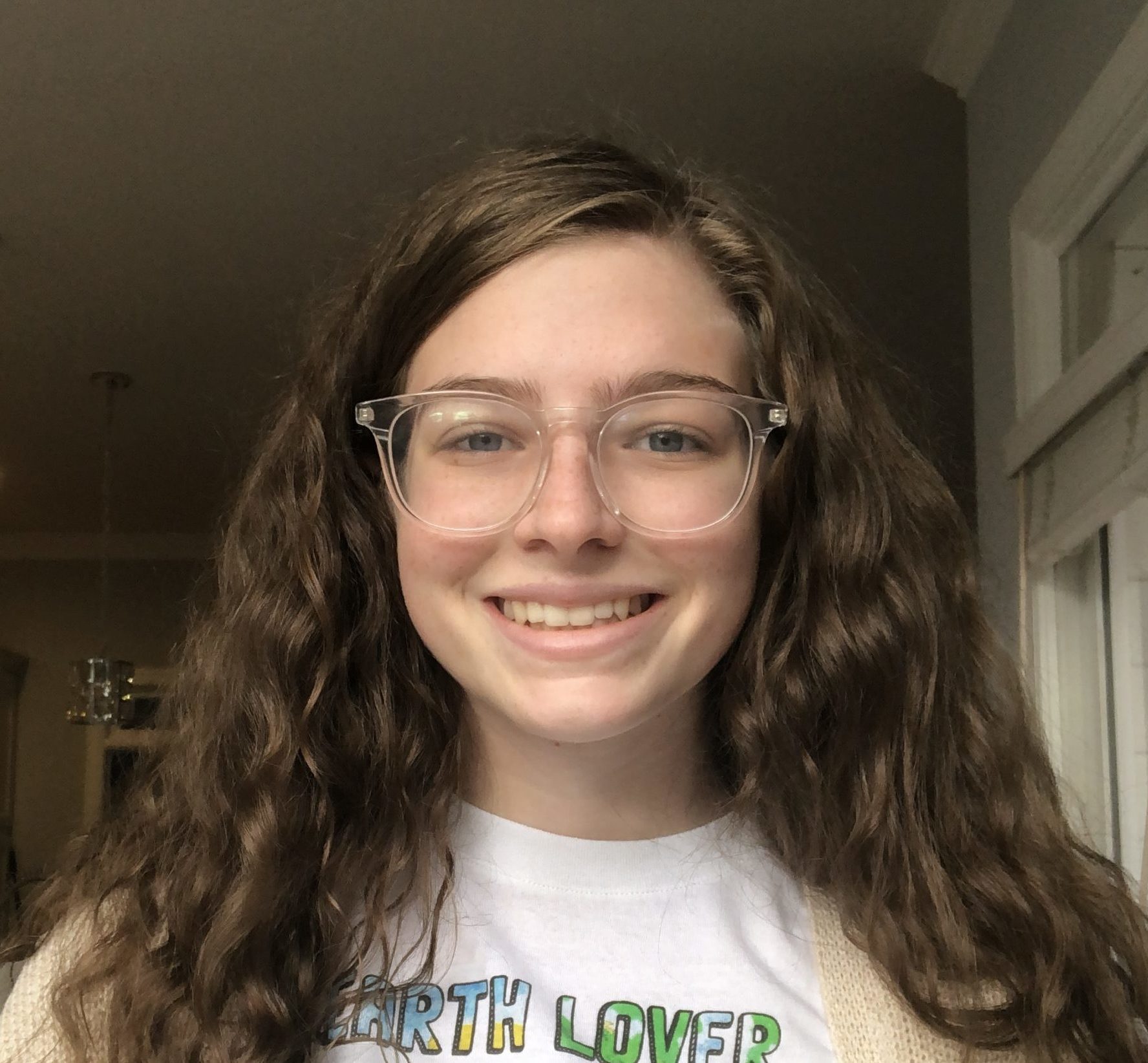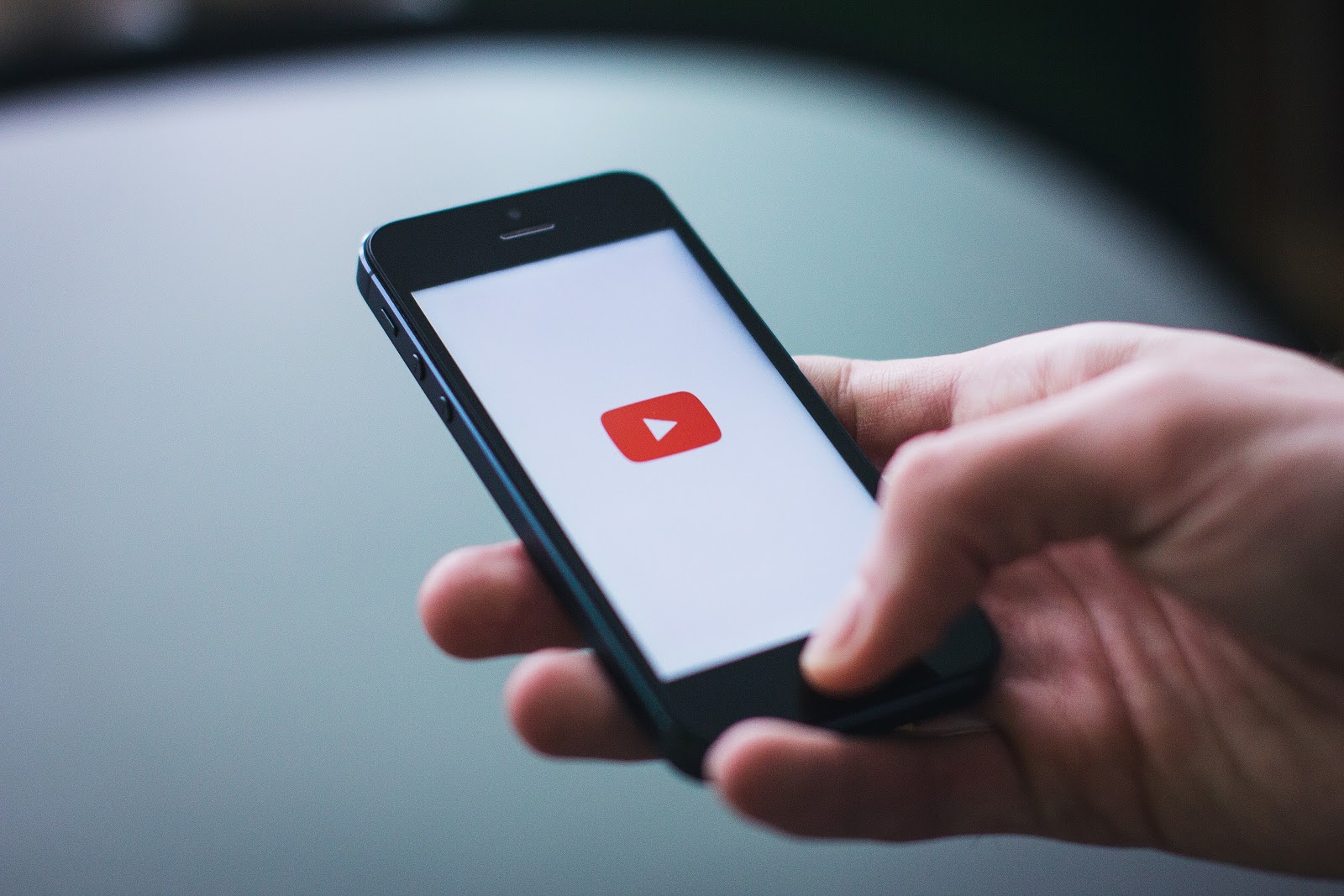Youtube is a staple entertainment and educational site in many people’s lives. It’s gone so far as to become the number one video sharing site on the internet. (Photo in the public domain)
Since YouTube joined the internet in 2005, it’s been a place where people from all walks of life could come together. Unfortunately, YouTube will likely end up limiting their audience when they remove a caption feature called community contributions.
Community contributions allowed YouTube users to add closed captions, subtitles, and descriptions to videos. This meant that viewers could not only create accurate captions, but they could also translate to other languages, helping the video creator reach a larger audience.
YouTube said the feature was “rarely used and people continue to report spam and abuse,” according to an update posted on their help page. So, they decided to remove it to “focus on other creator tools”.
Fortunately, this won’t be the end of closed captioning on YouTube. There is still an option for creators to add their subtitles and descriptors or use a third-party service like Amara to add subtitles for them. There are also sometimes automatic captions on videos created by Youtube’s speech recognition technology.
Even though it is great that closed captions are still an option, all of these other options come with different problems. Many creators do not have the time to write them all out by hand. And even if you can avoid this problem with a third-party service, many creators cannot afford the price of these services for every video.
The automatic captioning feature is also very hit or miss. YouTube said the generated captions may misinterpret what is being said along with other video elements. This is because the captions are produced by a machine learning algorithm, which still needs a lot of work to become reliable.
This change has been met with backlash since its announcement in July 2020. One of the most prominent people against this is deaf YouTuber, Rikki Poynter. She has openly criticized YouTube for getting rid of the feature. “The solution is not to make it go away! The solution was to try and fix it. But you wouldn’t even try to fix it” Poynter said in a recent video on her channel.
No one knows if YouTube will have any noticeable changes when the feature is removed on September 28. But if there is any interest in potentially stopping the removal of the feature, there is a change.org petition that has already garnered over 500,000 signatures. It’s not certain that this petition will change anything, but it is definitely worth trying.

Hi! My name is Cassidy and I am a staff writer for The Mycenaean. I am also a member of Book Club and Tech Theatre.

Leave a Reply